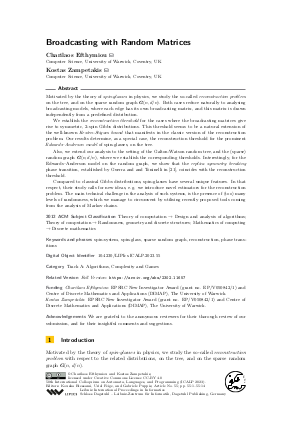LIPIcs.ICALP.2023.55.pdf
- Filesize: 0.62 MB
- 14 pages

 Creative Commons Attribution 4.0 International license
Creative Commons Attribution 4.0 International license




























Feedback for Dagstuhl Publishing